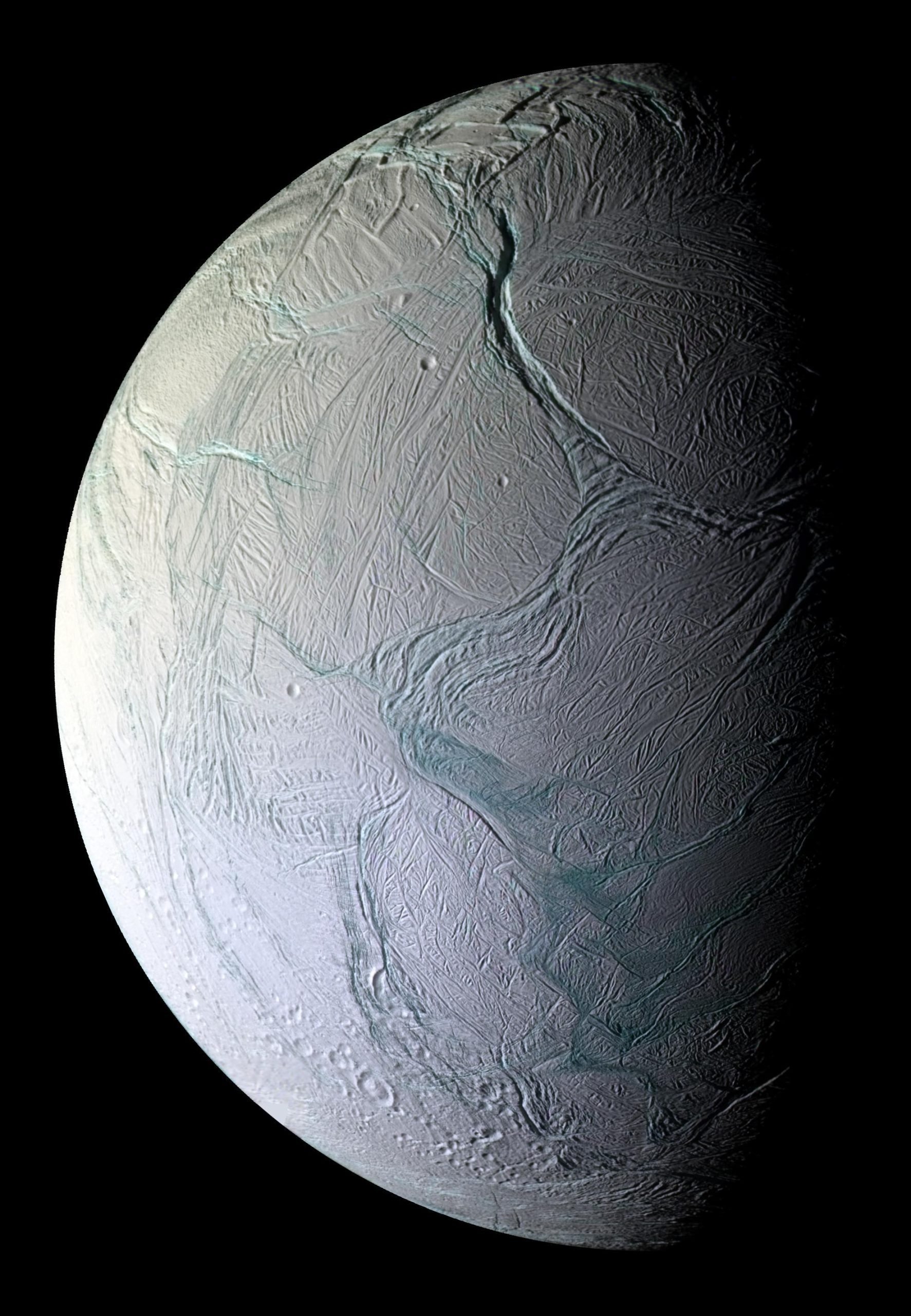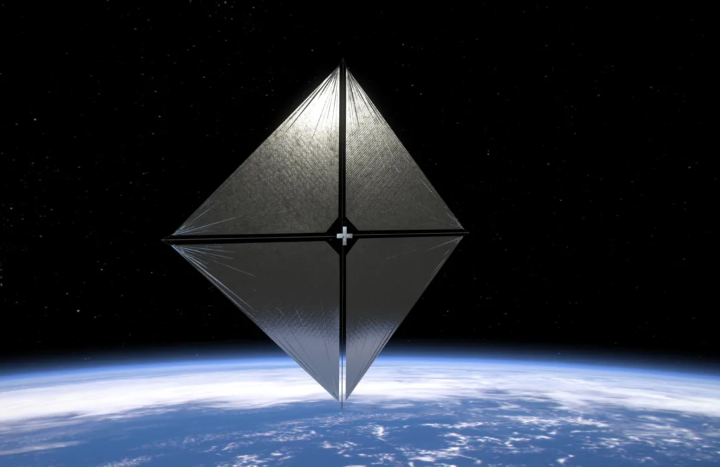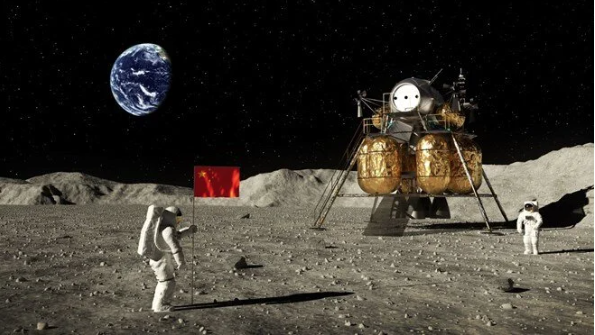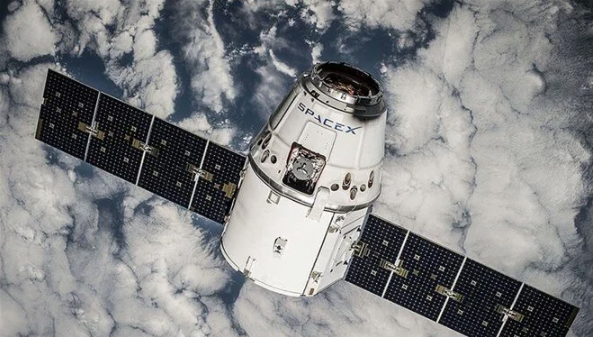Enceladus, Saturn’s sixth-largest moon (out of 83), is only 500 kilometers wide. The moon was discovered in 1789 by William Herschel, and despite short flybys by NASA’s Voyager missions, nothing was known about it in the 1980s. Images taken during the flyby revealed that Enceladus has many secrets, which piqued scientists’ interest, despite the fact that the small moon is already close to the most fascinating planet in our solar system.
Herschel’s son named it after a Greek giant, just like the first six discovered Moons of Saturn, because “Saturn” in Greek mythology is “Cronus,” the Titans’ leader (Cronus is also the name of one of Saturn’s moons). Enceladus’ geological features are also named after persons, characters, or locations, such as Aladdin, Alibaba, and Samarkand Sulci.
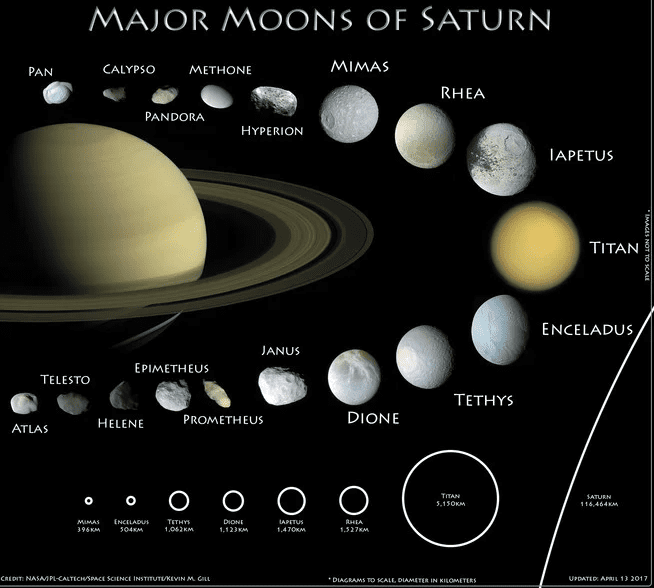
Fast forward to 2005, when the Cassini spacecraft was launched on a mission to examine Saturn and its moon system. Cassini, fortunately, was able to supply scientists with the information they required regarding Enceladus. The spacecraft’s magnetometers detected what appeared to be an atmosphere pushing against Saturn’s magnetic field, implying that the moon is emitting gases.
The scientific community was intrigued because they had discovered something never seen before: the secrets of the icy Enceladus.
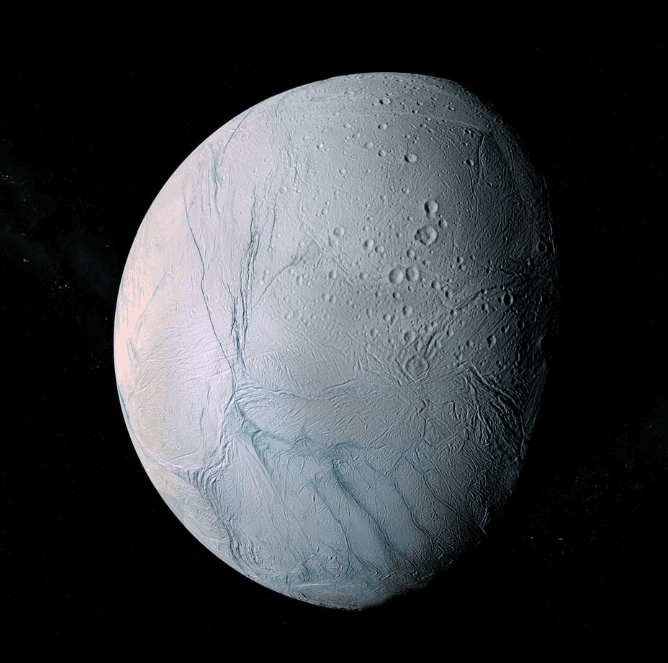
Inside Enceladus
Enceladus’ surface is mostly covered in fresh and pristine ice. Its surface contains five diverse terrains, including one of the smoothest surfaces ever recorded in our solar system!
Some areas have a high density of craters, indicating an older surface, whilst others have grooves that appear to be crater-free, indicating a more recent development. As a result, “Water Volcanism” is required, which allows for the ongoing restoration of damaged surfaces. The Moon appears to be continually rebuilding itself! As a result, it is supposed to be geologically active, with a vast salty ocean world concealed beneath its frozen surface.
Cosmic behavior and internal activity (Plumes)
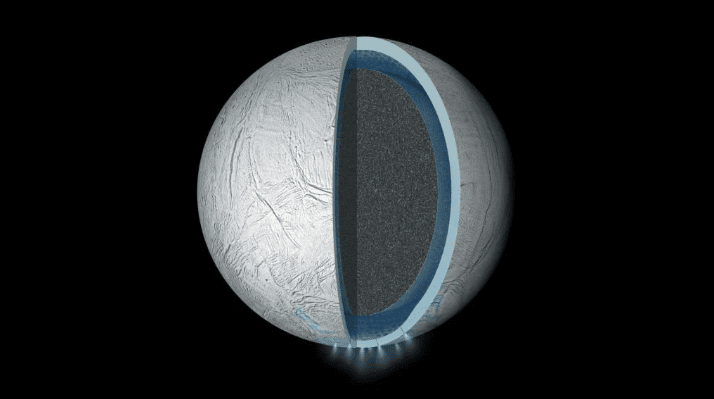
Because of its thick ice coat, Enceladus is also the most reflective body in the solar system, making it the brightest body. Because of the amount of sunlight reflected, the noon temperature is -198 degrees Celsius, making it Saturn’s coldest Moon.
Enceladus’ plumes are ultimately drawn in by Saturn’s gravity and become a part of its E-ring. Cassini was able to collect plume particle samples because they are regularly emitted by Enceladus. The data from the spacecraft revealed a striking resemblance to the compounds found surrounding hydrothermal vents on Earth, which are buried deep in the ocean where sunlight cannot reach.
Potential Habitability
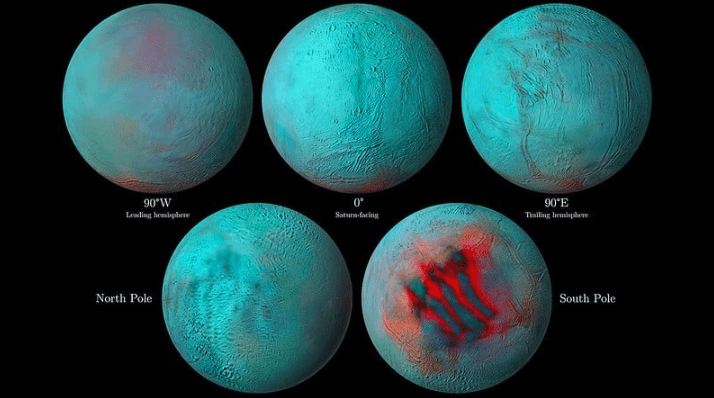
These vents create vast amounts of heat energy and organic molecules on Earth, allowing a diverse and rich ecology to survive. Some theories even claim that it was the first spot on Earth where life began! This is what draws people to Enceladus. After four years of investigation, new evidence of a possibly livable habitat under Enceladus’ icy surface was discovered.
The presence of silica crystals, carbon dioxide, substantial amounts of methane, and molecular hydrogen (H2) all contributed to the belief that something like hydrothermal vents occurs within the tiny moon’s buried and underground global ocean.
Furthermore, scientists tried to come up with alternate reasons for why these molecules exist on Enceladus, but none of them worked. The only reasonable explanation for the compounds detected in Enceladus’ plumes was hydrothermal vents.
Conclusion and further investigation
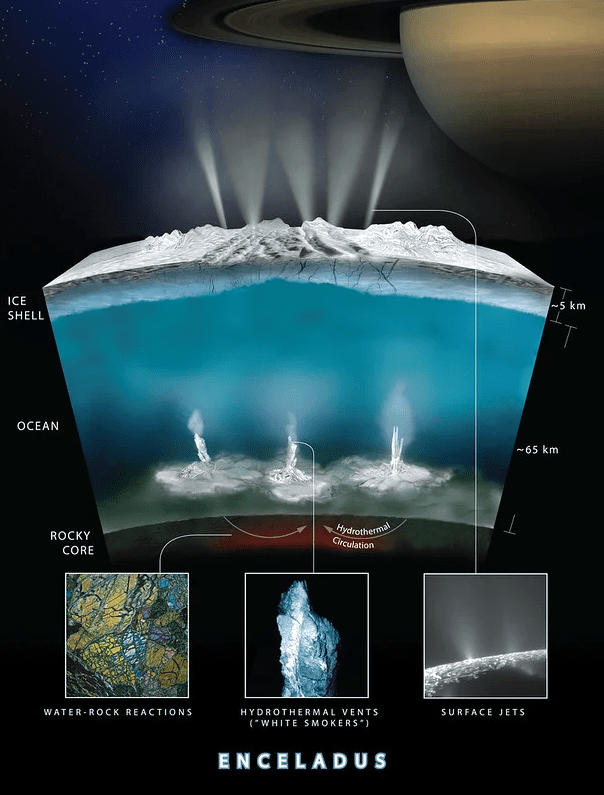
If Enceladus has vents like this, there is a better chance that life may exist/develop on this small, frigid ice moon full of wonderful mysteries. As a result, Enceladus is one of the most promising contenders for alien life. According to NASA, the next step is to send missions completely dedicated to hunting for bio-signatures on Enceladus.
As a result, Cassini has granted humanity permission to search for life on this small, intriguing moon. What may be concealed behind the heavy ice blanket?

